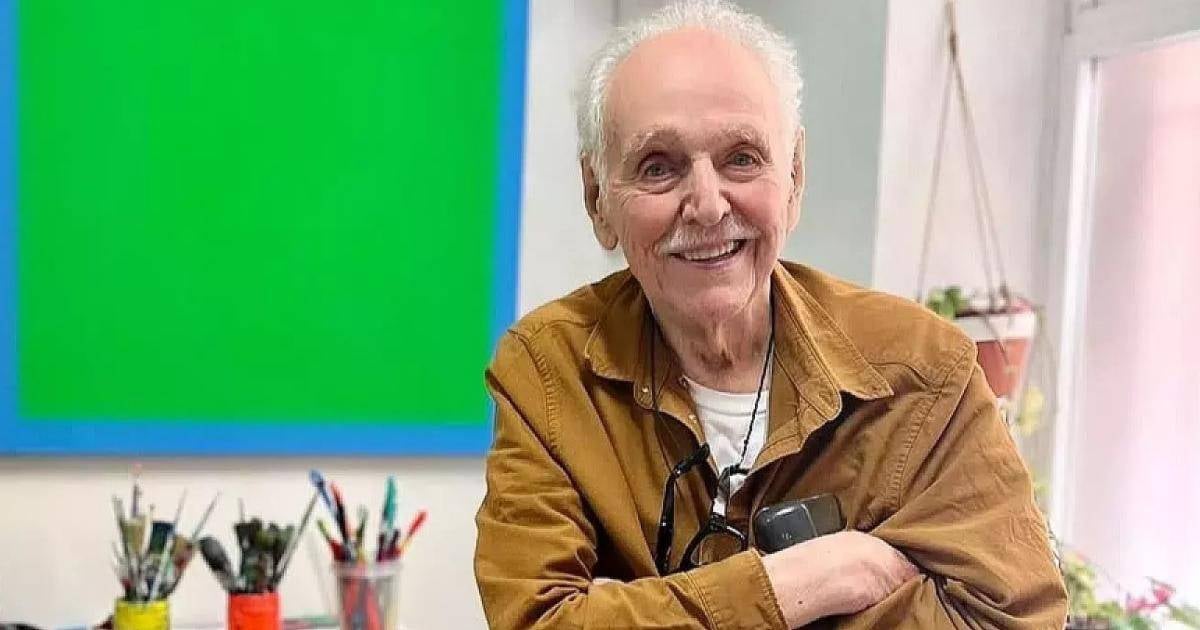The esteemed Cuban artist Waldo Díaz-Balart passed away this Wednesday in Madrid, Spain, just days shy of his 94th birthday. His family confirmed the news through a statement shared by journalist Mario Díaz-Balart, highlighting his artistic legacy and profound impact on the art world. "It is with deep sadness that we announce the passing of Waldo Díaz-Balart, the celebrated Cuban painter and sculptor. Known in the art world as Waldo Balart, his over six decades of contributions to Concrete Art earned him widespread acclaim and recognition," read the note published by his nephew on the social media platform X.
Born in Banes, Cuba, in 1931, Díaz-Balart left an indelible mark on contemporary art. His work, showcased in prestigious museums and permanent collections worldwide, was characterized by geometric abstraction—a style he championed as a form of freedom in contrast to figurative art, which he viewed as tethered to the past.
A Life Intertwined with Art and History
Beyond his artistic achievements, Díaz-Balart's life was interwoven with Cuban political history: he was the brother-in-law of dictator Fidel Castro, who was married to his sister Mirta Díaz-Balart. However, his opposition to the Castro regime led him to exile and to maintain a critical stance against the Cuban dictatorship. In various interviews, he expressed his yearning for a free and democratic Cuba.
Exile and Artistic Renaissance
In 1959, following the fall of the Batista government, Díaz-Balart managed to leave Cuba and settled in New York, where he became part of the city's vibrant art scene. He later moved to Spain, where he lived until his passing. He was also the uncle of Florida's Cuban-American politicians Mario Díaz-Balart and Lincoln Díaz-Balart.
According to Cubanet, his story is featured in the book "Como el ave fénix: 50 historias de Cuba en exilio" by William Navarrete, recently presented in Miami. The book recounts key episodes of his life, such as the night of December 31, 1958, when he had to flee Havana to save his life.
With his passing, Cuban art loses one of its most influential figures, whose legacy will endure in the history of abstract art and in the memory of those who stood for freedom from exile.
Legacy of Waldo Díaz-Balart
Who was Waldo Díaz-Balart?
Waldo Díaz-Balart was a renowned Cuban painter and sculptor known for his contributions to Concrete Art. He was recognized for his geometric abstraction style and was a prominent figure in contemporary art.
What was Waldo Díaz-Balart's relationship with Fidel Castro?
Waldo Díaz-Balart was the brother-in-law of Fidel Castro, as Castro was married to his sister Mirta Díaz-Balart. Despite this connection, Waldo held a critical stance against the Castro regime and went into exile.
Where did Waldo Díaz-Balart live after leaving Cuba?
After leaving Cuba in 1959, Waldo Díaz-Balart lived in New York City, where he joined the thriving art community, and later moved to Spain, where he resided until his death.
